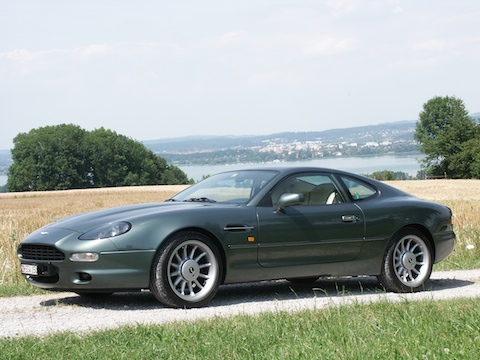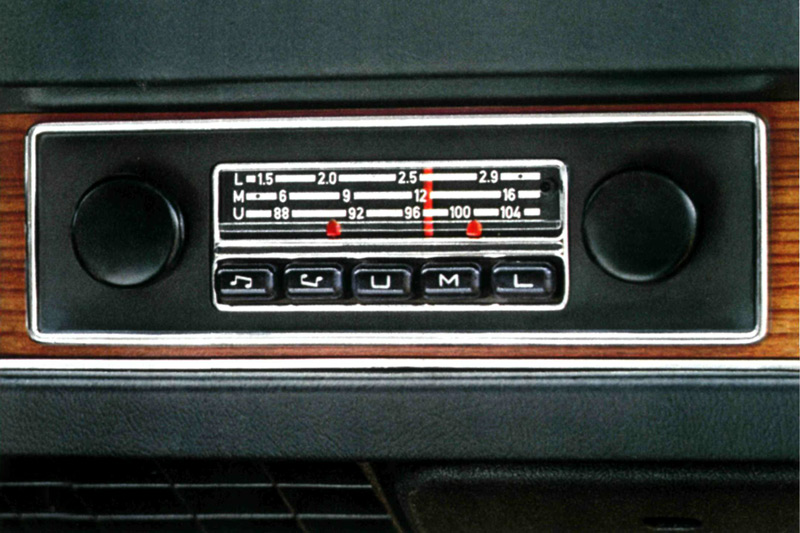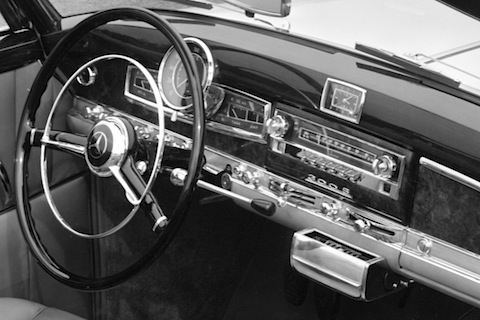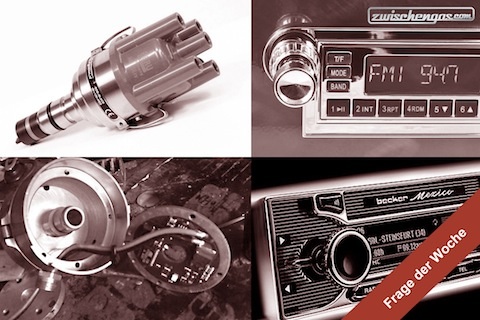Radio Ga Ga - A brief history of the car radio
04/06/2023
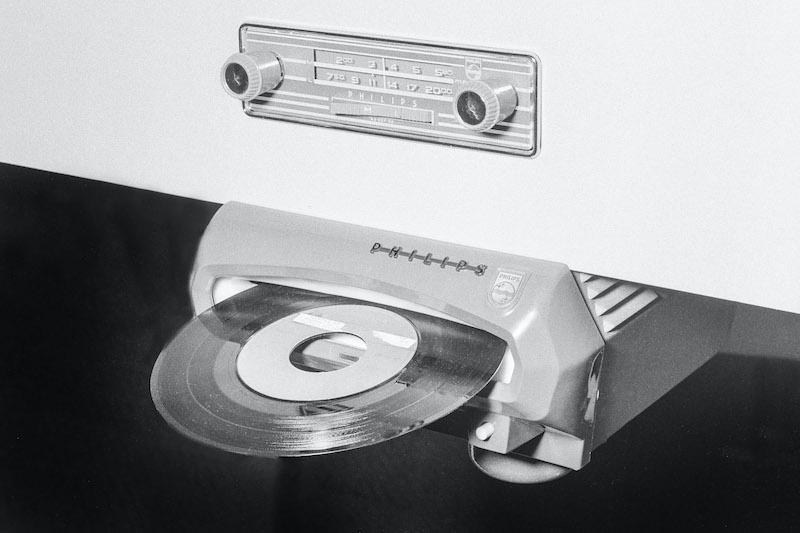
The first car radio for long and short wave was installed in a Ford Model T as early as 1922. The president of the Lane High School Radio Club in Chicago was the first to be able to receive radio broadcasts in his car. However, this was still a one-off, as it was not until 1927 that the "Transitone TH1" from the Automobile Radio Corp. marked the birth of the industrially manufactured car radio, which was offered as an accessory.
One of the biggest weaknesses of the devices at that time was their size and their sensitivity to temperature fluctuations and vibrations. As early as 1931, the same company launched the first tube radio for battery and mains operation for 6-volt electrics.
It took a little longer for the car radio to finally gain a foothold in Europe. In 1932, Blaupunkt presented the first receiver specially developed for cars, the Autosuper AS 5 - a tube device for medium and long wave. This was followed in 1936 by the first 12-volt device from the Körting company. A car radio was pure luxury at the time and cost 465 Reichsmarks, or around 2400 euros or francs by today's standards!
In 1948, the Blaupunkt 5A649 model was the first radio that could be built into the dashboard instead of being mounted on the floor. Previously, this had been completely impossible due to the size and, above all, the weight of the devices. In 1952, the A52KU and A520KU models were the first radios for FM reception to be installed in cars. Two years later, the Becker Mexico featured a station search function for the first time.
At the beginning of the 1960s (1961), Philips launched the first FM radio equipped entirely with transistors. This was followed seven years later by the first with an integrated cassette drive. In 1969, Blaupunkt launched the first stereo device. This was followed in 1973 by the traffic radio decoder, also from Blaupunkt, and in 1997 by the first car radio with DAB reception.
In the 1956 and 1957 model years, Chrysler offered the "Highway Hi-Fi", a record player for the dashboard developed by CBS. RCA and Philips followed in 1960 with their own 7-inch players. But vinyl and cars never really harmonized with each other. Partly because the single had to be turned over or replaced after every song.
From the mid-1980s, the CD slowly replaced the music cassette, only to give way to the MP3 player in the new millennium, which was then replaced by Bluetooth interfaces from 2010. Today, radios have long since moved away from pure music playback and have become fully equipped audiovisual entertainment devices - and are almost as big as they were at the very beginning.

P.S. We already published a "longer history of car radios" a few years ago, which provides a lot of additional information.
